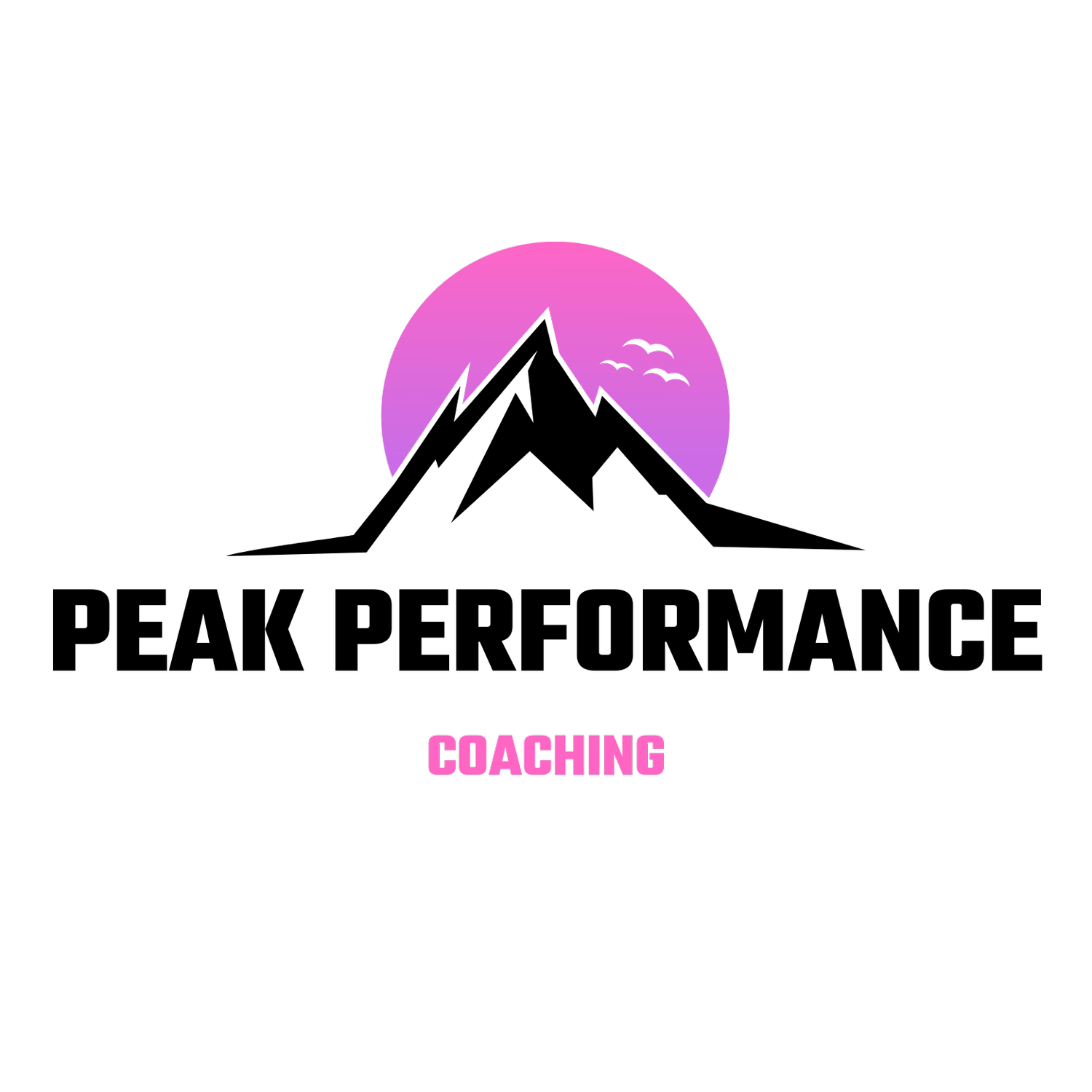How I built to London Marathon: Through understanding my cycle.
“Training for a marathon is tough at the best of times—but doing it as a woman comes with its own set of challenges that I don’t think we talk about enough. Over the past year and a half, I’ve been properly tracking my menstrual cycle, not just to know when my period’s due, but to really get a sense of how it affects my training. And honestly, it’s changed everything.
I started to notice patterns in how I felt across the month—certain weeks where I felt strong and full of energy, and others where running felt like dragging myself through treacle. Once I figured out how to train around those phases, rather than just push through them, everything started to click.
A big moment for me was the Preston 10 mile race. I’d been training really well, I was feeling good in the few days beforehand, and I’d set myself a realistic target—between 1:07 and 1:08. I knew it was doable. I’d run a half marathon in 1:29 earlier that year, so I was quietly confident.
But when race day came, something felt off. I couldn’t quite put my finger on it, but from the start it just didn’t feel right. I set off okay, but soon my pace started slipping and my breathing felt all over the place. It was frustrating because I knew my fitness was there, I’d done the work. So why did it suddenly feel impossible?
Afterwards, I sat with it and looked back at my cycle tracker—and there it was. I was deep in my luteal phase. Everything suddenly made sense.
If you’re not familiar with the phases, here’s a quick overview of the menstrual cycle and what’s going on hormonally:
- Menstruation: This is when your period starts. Hormone levels (oestrogen and progesterone) are at their lowest. Surprisingly, this is when I tend to feel my strongest—energy feels stable, and training usually goes well.
- Follicular phase: Starts after your period ends. Oestrogen starts to rise, bringing more energy, focus, and motivation. A great time to build strength and increase intensity.
- Ovulation: Happens mid-cycle. Oestrogen peaks, and you get a natural boost from a rise in testosterone too. This is when I feel most powerful—ideal for big workouts or races.
- Luteal phase: After ovulation, progesterone increases. For me, this phase is tough. I feel more tired, sluggish, hungrier, and less mentally sharp. Training feels harder, even when I’m technically rested.
During that luteal phase, I just feel flat. Running feels heavier, my breathing feels off, and mentally I’m not as sharp. It’s the phase that caught me off guard during Preston, but once I started working with it, everything shifted.
When I was in my follicular or ovulation phase, I went hard—long runs, speed work, gym sessions. When the luteal phase rolled around, I pulled back a bit. Lower intensity stuff, more rest, and just being a bit kinder to my body. Over time, it paid off. That luteal week still isn’t my favourite, but it’s definitely more manageable now. My body started to respond better because I wasn’t constantly fighting it.
Throughout my training for the London Marathon, I made a point of being in constant communication with my coach about how I was feeling and what stage of my cycle I was in. It wasn’t just about logging symptoms—it was proper dialogue so we could adapt my sessions to work for me, not against me. It meant some weeks were dialled back, others were pushed harder, and that balance helped me stay consistent without burning out.
When I couldn’t shift training around, I looked at nutrition. I started supporting my body differently—more fibre, whole foods, seeds, ginger, complex carbs. Not dramatic changes, just gentle tweaks that made a big difference in how I felt. It’s all part of it—another layer of understanding what my body needs.
If you’ve got a big race coming up, I’d really recommend tracking your cycle. It helps you recognise when you tend to feel your best, and gives you a chance to plan your peak training or key races accordingly. For London 2025, I made the decision to take period delay tablets so I could race at my strongest—and I have no regrets about that. It was the right call for me, and it meant I could run the way I knew I was capable of. But it’s a personal choice, and it won’t be the right route for everyone.
The more I’ve tuned into my body, the more I’ve realised how incredible it is. Having a regular cycle while training for endurance events is actually a really good sign—it means you’re fuelling well, resting enough, and not overtraining. It’s not a setback. It’s something you can learn from and work with.
So if you’re training and things feel off some weeks, don’t beat yourself up. Your body’s probably just telling you something. Pay attention to it. Work with it. Because once you do, it’s not just your training that improves—it’s your confidence, your recovery, and your relationship with running too.”
Shirin Ibrahim
3:06:24 marathoner
Passionate runner

